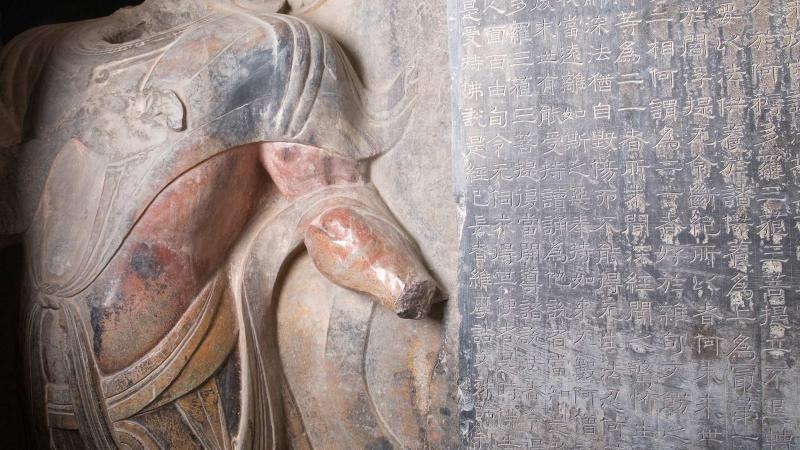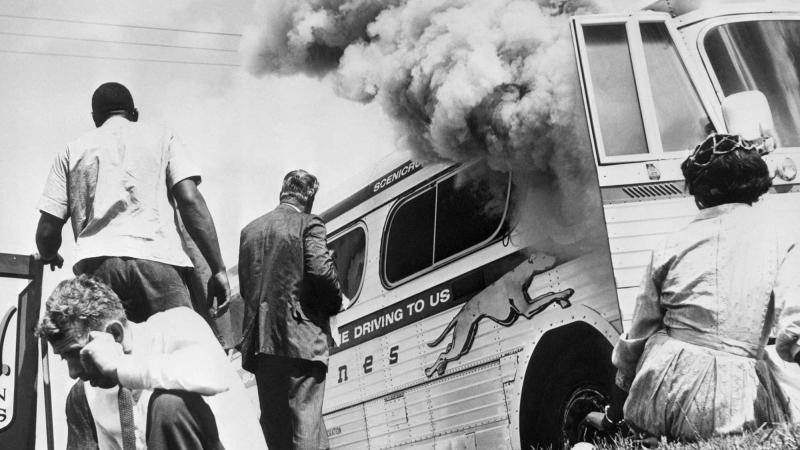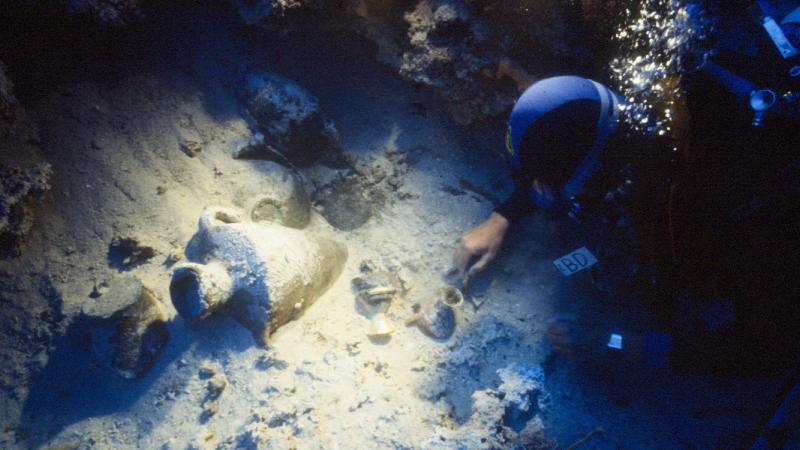The Tlingit people of the Pacific Northwest have a rich and complex culture, much of which has been preserved orally. Generations of oppression and marginalization have taken a heavy toll and the Tlingit language could have vanished completely. But NEH grants are keeping the language and culture alive.
The Tlingit, like the nearby Haida, have inhabited parts of what is now Alaska, British Columbia, and the Yukon Territory for thousands of years. Only in the middle of the 18th century did they first encounter Europeans—mainly Russian explorers and traders. Amid the conflicts that followed, the Tlingit managed to fend off Russian subjugation despite losing much of their population to such afflictions as smallpox and measles.
In 1867, the United States took possession of Tlingit lands—through its purchase that year of Alaska from Russia—giving American entrepreneurs, policymakers, and missionaries unfettered access. Many Tlingit converted, though they often chose Russian Orthodoxy to Protestant Christianity, and children had to submit to English-only education if they wanted any hope of advancement in the new status quo. According to Chuck Smythe of the Sealaska Heritage Institute, it was all part of a general attempt “to eradicate Native American languages and culture.”
Beginning in the 1980s, decades of work have gone into mapping the Tlingit language and preserving its vast oral literature, with $480,000 in grants from NEH. The program has achieved much: Tlingit is now incorporated into every level of education in Southeast Alaska, where Tlingit words and place names are now reentering the mainstream. In 2009, linguists completed a Tlingit dictionary, which is now available online. For Keri Eggleston, a linguist on the project, “it’s really inspiring to see kids introduce themselves in the language, and find meaning in life through studying the language.”
Thanks to the concerted efforts of scholars, Tlingit speakers, and others, the language is being revived. Linguists and anthropologists from all over the world have come to Alaska to learn from the work being done on Tlingit. The project has become, as Smythe proudly says, “the role model of language restoration success.”
Yet much work remains. Tlingit is an extraordinarily complex language, and only 114 people still speak it fluently. Most are elderly and the window for working with people who speak Tlingit as a first language is rapidly closing. In the past several years, many native speakers who served as research consultants have passed away. And more than the language and literature is at stake: Efforts continue to preserve an understanding of the Tlingit worldview, especially its traditional knowledge of the local and regional environments. The ongoing task, as Eggleston frames it, is “recognizing the heritage of this place we live in.”
Written by David Soud, a Maryland-based writer, teacher at the University of Delaware, and author of Divine Cartographies: God, History, and Poiesis in W. B. Yeats, David Jones, and T. S. Eliot.


